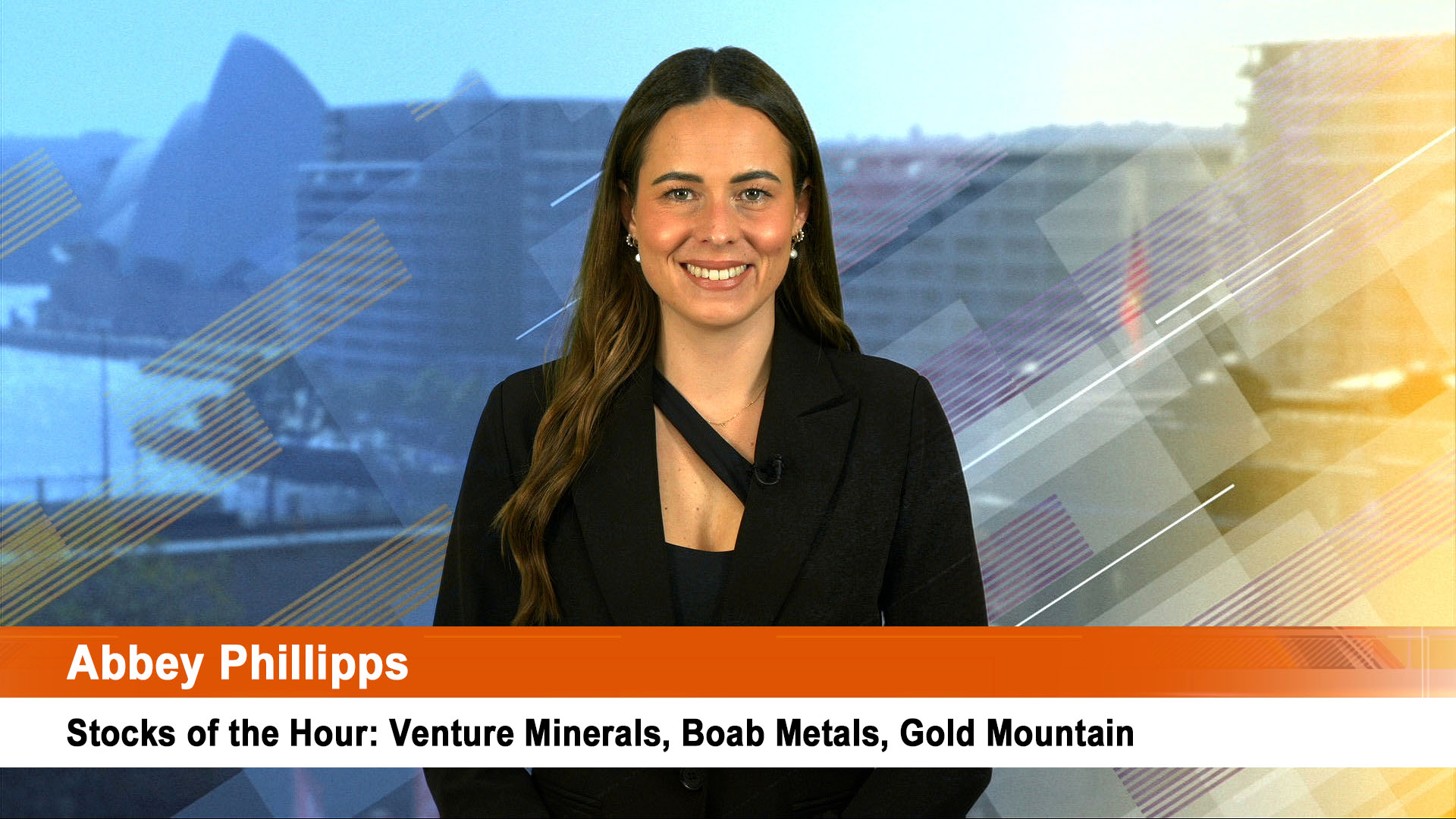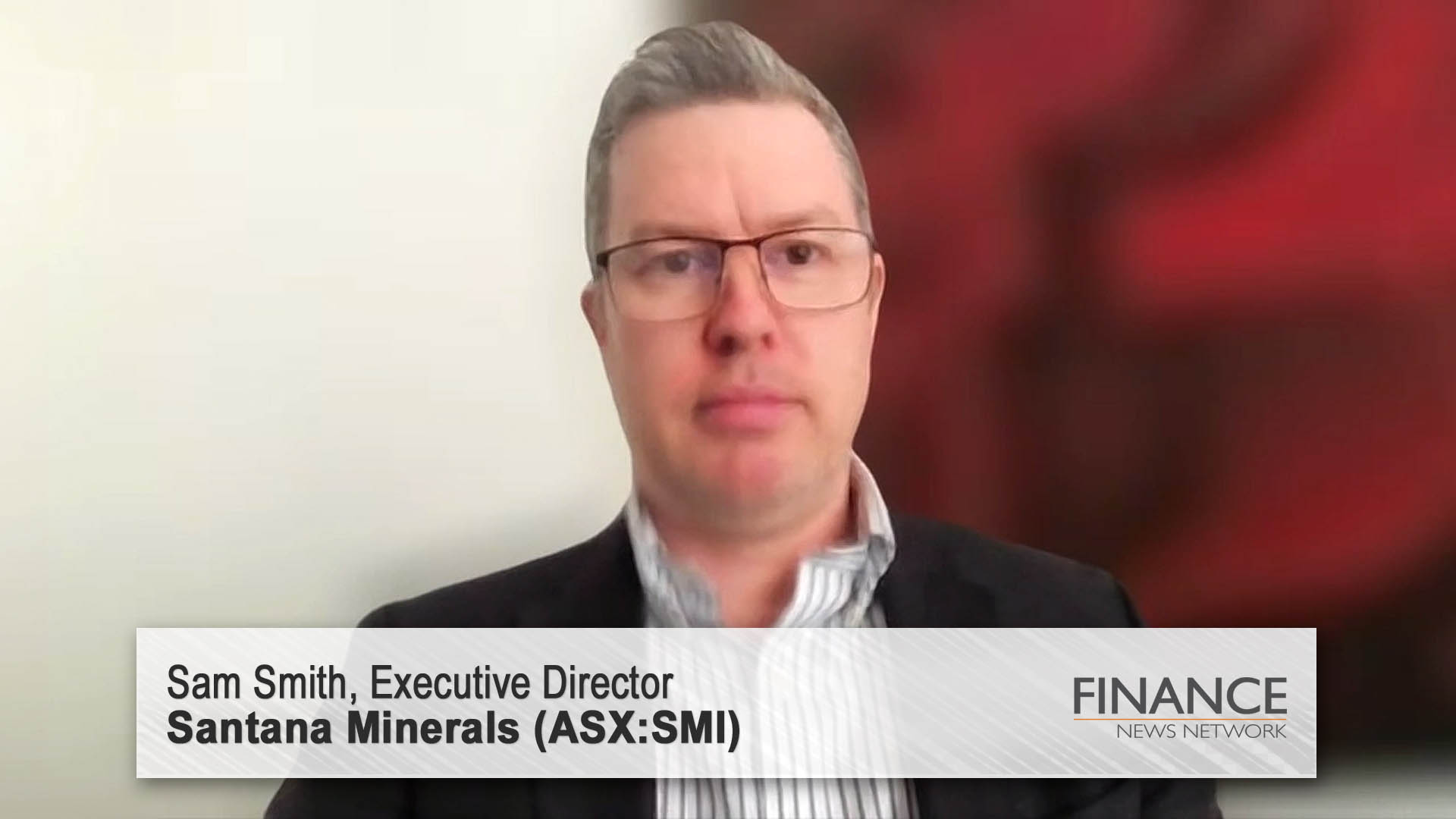The slowdown in the Australian jobs market seen since the start of this year, came to a halt in June with a rebound in the number of new jobs created in both trend and seasonally adjusted terms – 27,000 new jobs were created in trend terms which are more reliable than the seasonally adjusted figures which showed a rise of 50,900 new positions.
That saw both the trend and seasonally adjusted jobless rates at 5.4%.
On a seasonally adjusted basis, annual jobs growth bounced back to 2.8% with a very strong 339,000 new jobs created over the last year, while on a trend basis, employment increased by 318,000 persons or 2.6% which was above the average year-on-year growth over the past 20 years (2.0%), according to the June Labour Force report from the Australian Bureau of Statistics.
Seasonally adjusted, jobs growth last month was strongest in NSW (+27,300) and Queensland (+14,800), went fell in Victoria (-6,500) and SA (-1,300) with moderate growth in WA (+2,900) and Tasmania (+2,100).
The news will not change the Reserve Bank’s view of the economy or the timing of its next interest rate move.
The AMP’s chief economist, Dr Shane Oliver says “Strong employment growth is good news but with the unemployment rate stuck at 5.4% and given the monthly volatility seen in the jobs numbers, the June jobs report is not enough to push the RBA to a rate hike.”
"We remain of the view that with mixed readings on economic growth, low wages growth and inflation and falling home prices in Sydney and Melbourne an RBA rate hike is unlikely until 2020 at the earliest, and that the next move being a cut cannot be ruled out. So while the $A bounced $US0.40 on the stronger than expected jobs data its unlikely to be sustained.
“The good news is that jobs growth has bounced back after several softer months and the gain in jobs in June was high quality with 41,000 new full time jobs,” Dr Oliver wrote yesterday.
"Reflecting this growth in hours worked was also strong. However, unemployment is remaining relatively high because employment growth has just been strong enough to absorb new entrants to the workforce driven by growth in the working age population of 317,000 over the last year and participation also trending higher in response to jobs growth.
"With jobs growth not cutting much into the 13.9% pool of unemployed and underemployed workers its hard to see wages growth picking up much any time soon.
“Solid jobs growth is providing a source of support for total household income in the economy and hence consumer spending, but its being offset by ongoing soft wages growth and along with falling home prices the outlook for consumer spending is likely to remain constrained,” he added.
And Alan Oster, the chief economist of the National Australia Bank has a similar view (the bank’s quarterly business survey, released yesterday contained a special question on wages):
“The Survey also suggests that wages growth is likely to remain broadly similar over the rest of 2018 as in the first half. So while our baseline is for the labour market to tighten and wages growth to pick-up, there is an emerging risk of slowing employment growth and lower resulting wage growth acceleration,” he said yesterday in the bank’s quarterly survey of business conditions and confidence.
"These results are consistent with NAB’s view for the economy, wages and inflation more generally. We –like the RBA – expect only a gradual pick-up in wage growth over the next few years. We believe some 50 spare capacity remains in the labour market and that with the outlook for output and employment growth 40 that the spare capacity will be gradual,” he wrote yesterday.













